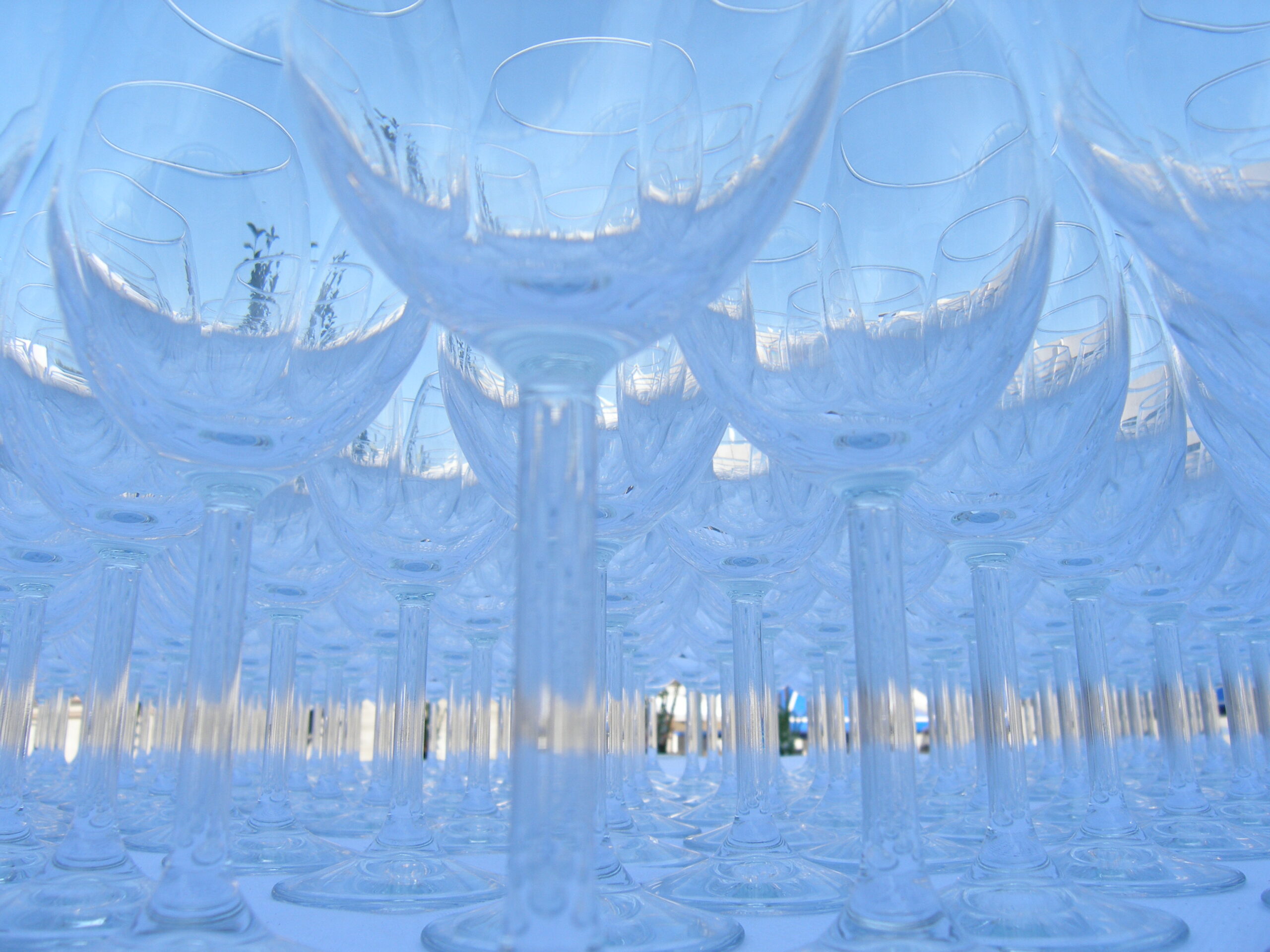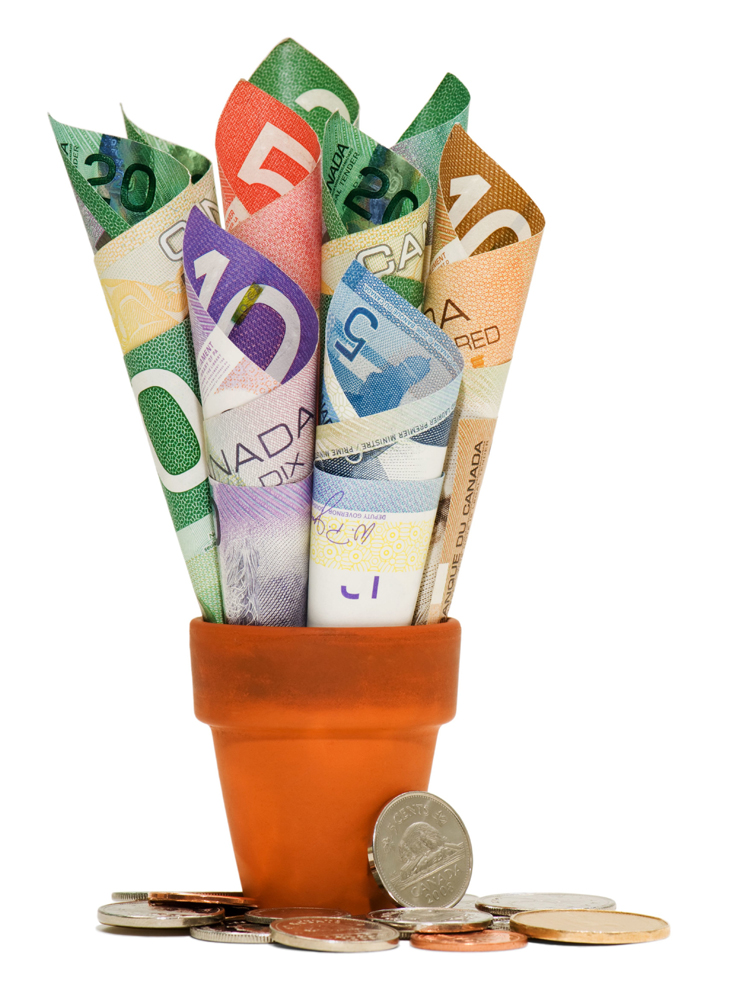Your intrepid liquor reporter was out at one of those fancy wine tasting events recently, and came across an entire table of Peruvian wines.
Now, your humble narrator enjoys a nice South American wine, but Peru is not exactly the first country to come to mind.
Chile is famous for Carménère, the Bordeaux grape that was thought to be extinct after the Phylloxera infestation that decimated the vineyards of Europe in 1867. Luckily, Carménère was rediscovered hiding amongst the Merlot in Chile in 1994. Since then, Carménère has become known far and wine as the signature grape of Chile.
Argentina is another country associated with a single grape, namely Malbec, which is another Bordeaux varietal that has found success in the New World. Malbec is a needy and temperamental grape, demanding lots of sun and heat, and often breaks the hearts of winemakers by dying off at the first sign of a frost. Fortunately, the sun-baked slopes of the Andes provide the ideal climate for growing Malbec grapes, which has made Argentina the world leader in this grape.
Peru, on the other hand, has been entirely absent from the stores of your local booze merchant. This is due to a few quirks of history, and follows the rise and fall of empires.
Spanish conquistadores introduced grapevines to Peru as early as 1540, and Peru was the principal wine producer in South America through the 16th and 17th centuries.
Disaster struck in 1687, when an 8.7 magnitude earthquake hit the heart of Peruvian wine country, entirely destroying the port city of Pisco, and devastating vast swaths of vineyards and wineries.
This one event destroyed the Peruvian wine industry, with the local tipplers turning to a cheaper grape-based brandy named Pisco, which bears a striking resemblance to Grappa from Italy.
The industrial revolution put a further damper on the Peruvian wine industry, with entire vineyards ripped out to be replaced with more profitable cotton fields.
With what seems to be an entire universe conspiring against the Peruvian wine industry, it will be little surprise to learn that it has taken until the present day for nascent wine industry to begin shipping internationally.
Many pundits and naysayers claim that Peru is too close to the equator to grow quality grapes, and that anyplace with less than 30° of latitude is unsuitable for wine production. Peru works around this problem by planting vines high up on the slopes of the Andes, where the coastal desert regions are cooled with breezes from the Pacific Ocean.
In many ways, the wine growing regions of Peru are climatically similar to Northern Chile, which is very popular on the world stage.
Unsurprisingly, the Bordeaux grapes like Cabernet Sauvignon, Malbec, and Grenache do well in Peru, as well as a few less common varietals such as Barbera and Torrontes. In short, if it is a grape that loves the heat, it will grow well in Peru.
Peruvian wines tend to be quite jammy and fruit-forward, as is typical for wines produced in hot climates. If Australian Shiraz or South African Pinotage is to your liking, you will likely enjoy Peruvian wines as well, although it may be challenging to find them.
My favourite was the Intipalka Cab Sauv / Petit Verdot blend, with intense aromas of blackcurrant on the nose, followed by plenty of vanilla, plum, and cassis on the palate. The firm tannins typically found in a Cab Sauv are softened by the Petit Verdot, making the wine particularly well-balanced and enjoyable.
My drinking companion preferred the Intipalka Tannat, another French grape that does well in South America. While the French prefer to use Tannat only sparingly in blends, Peruvian winemakers love to bottle this as a single varietal. Soft tannins and lush berry flavours define Tannat, making it an easy-drinking wine that you won’t be able to put down.
Even our struggling Canadian dollar is still much stronger than the Peruvian Nuevo Sol, making these wines a bargain at under $15.
Fortunately, a few enterprising wine merchants in our fair province see the value in Peruvian wines, and have started carrying them regularly. I have had luck at Sobeys Liquor, Wine Ink, and Liquor Depot, but YMMV. Check www.liquorconnect.com to find your closest booze merchant that stocks Peruvian wine!






